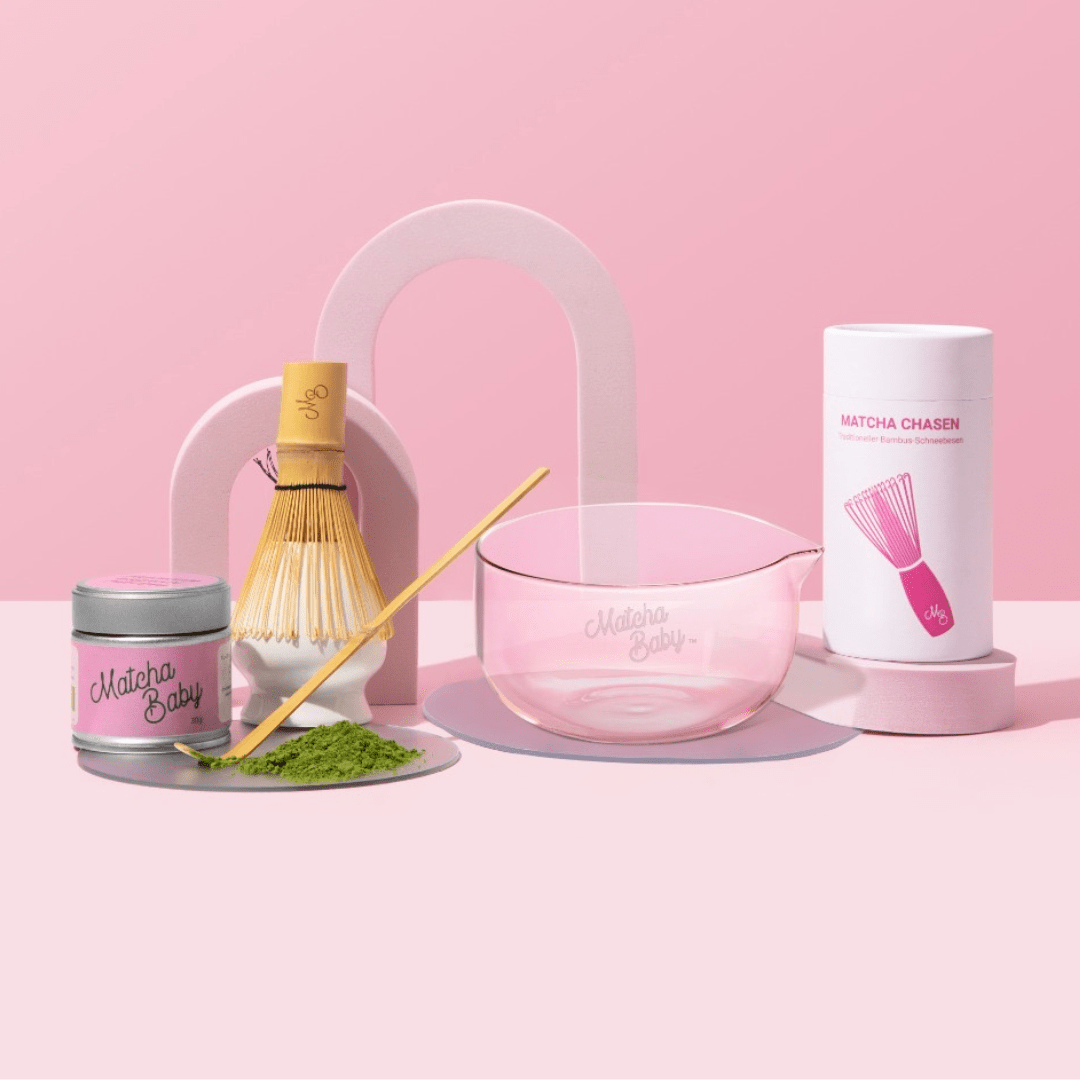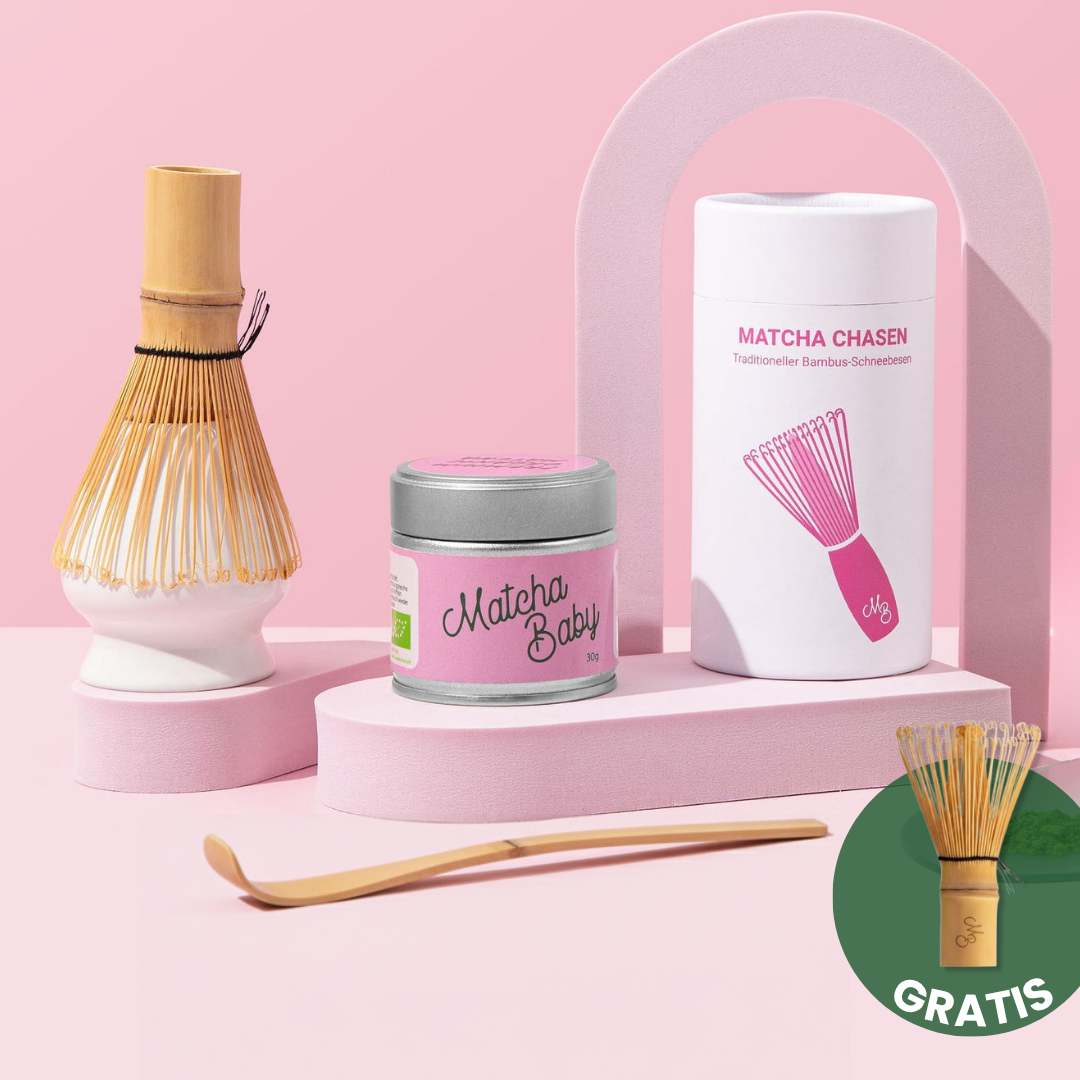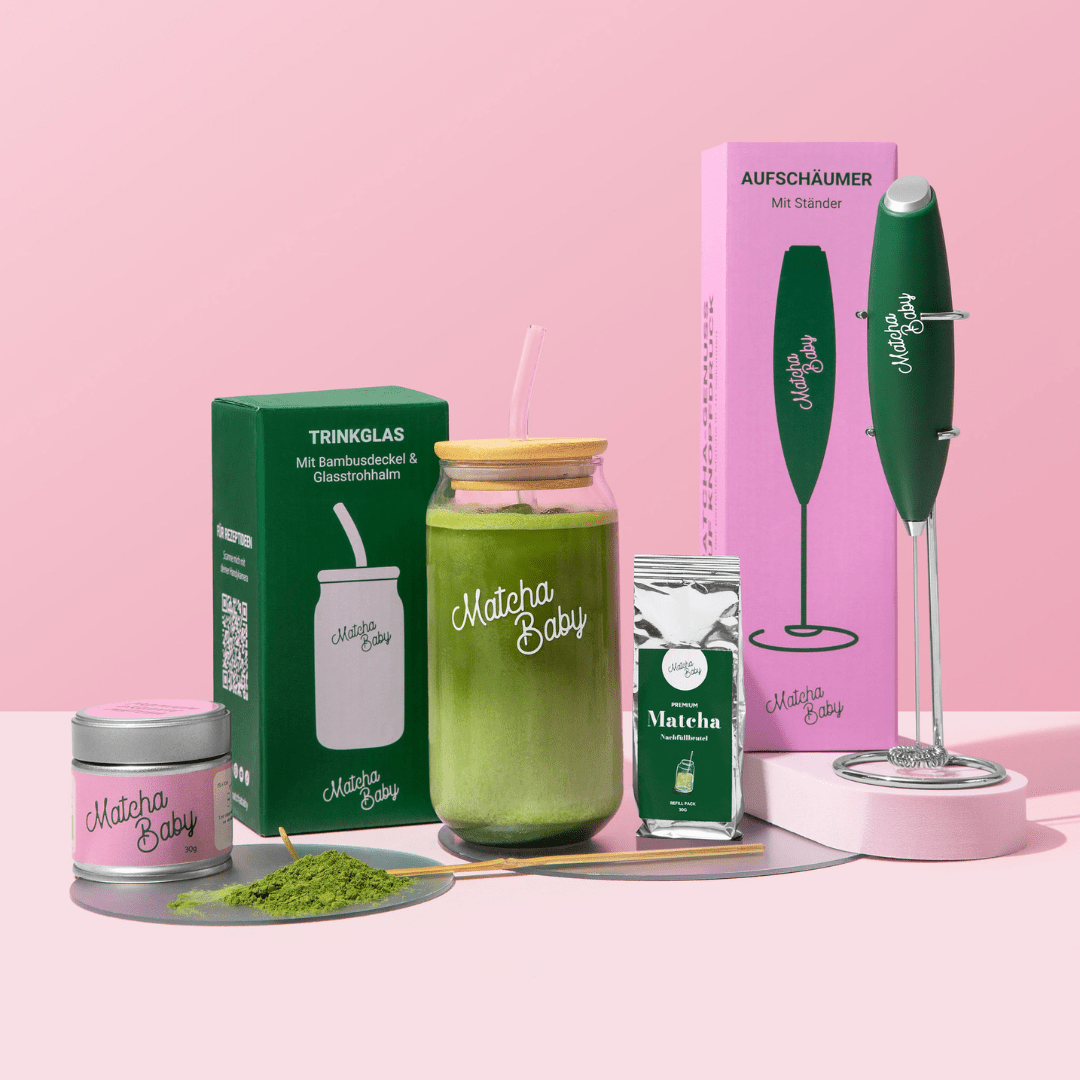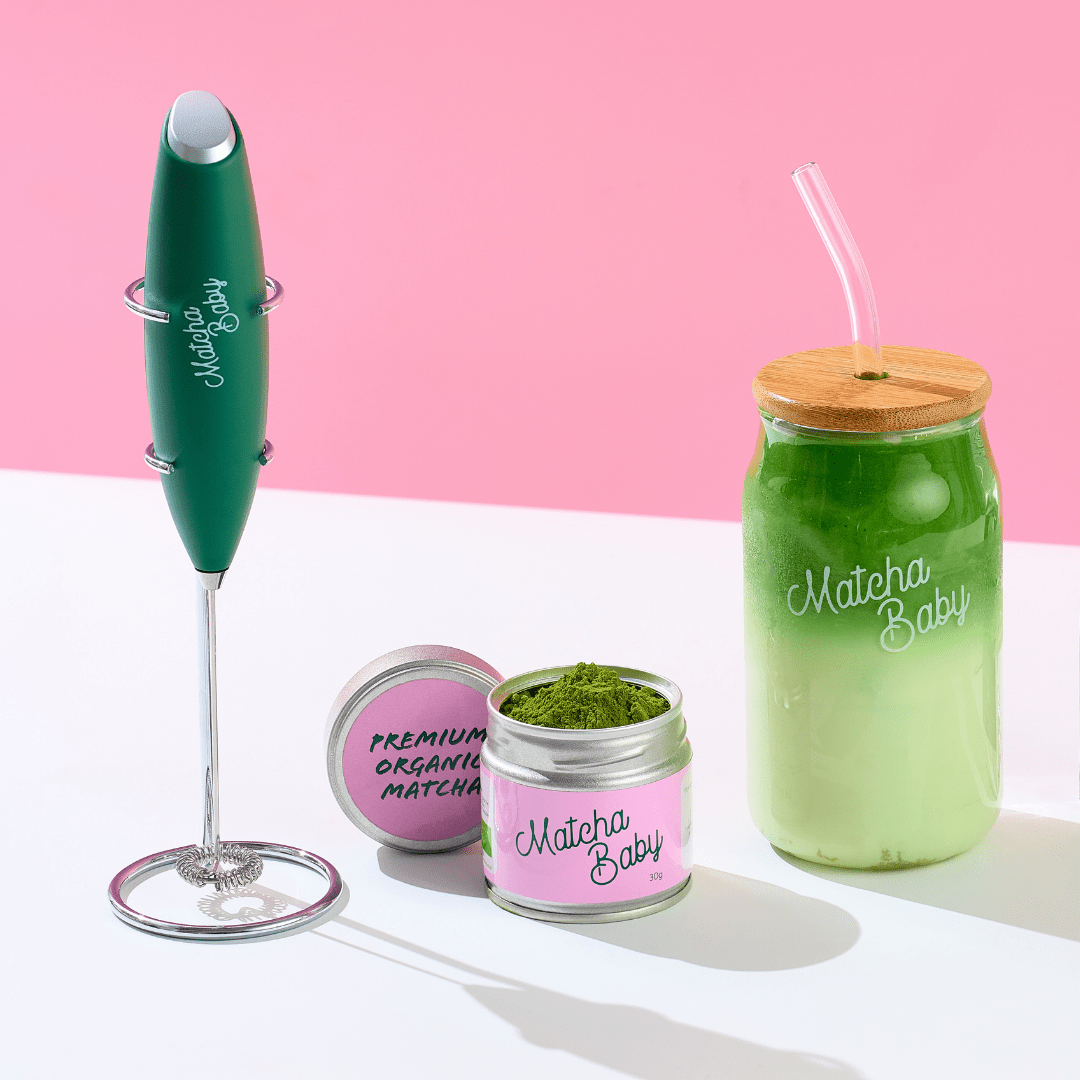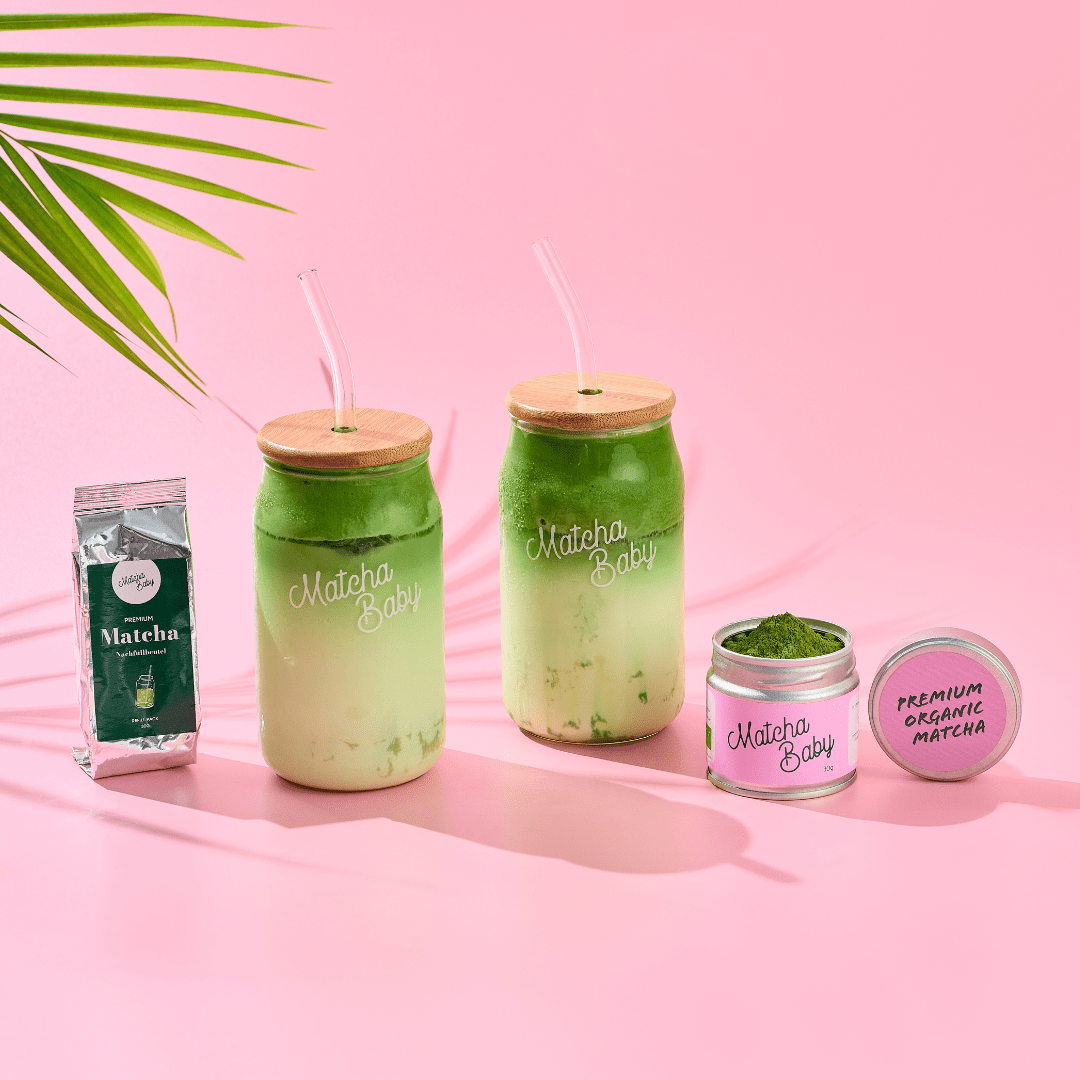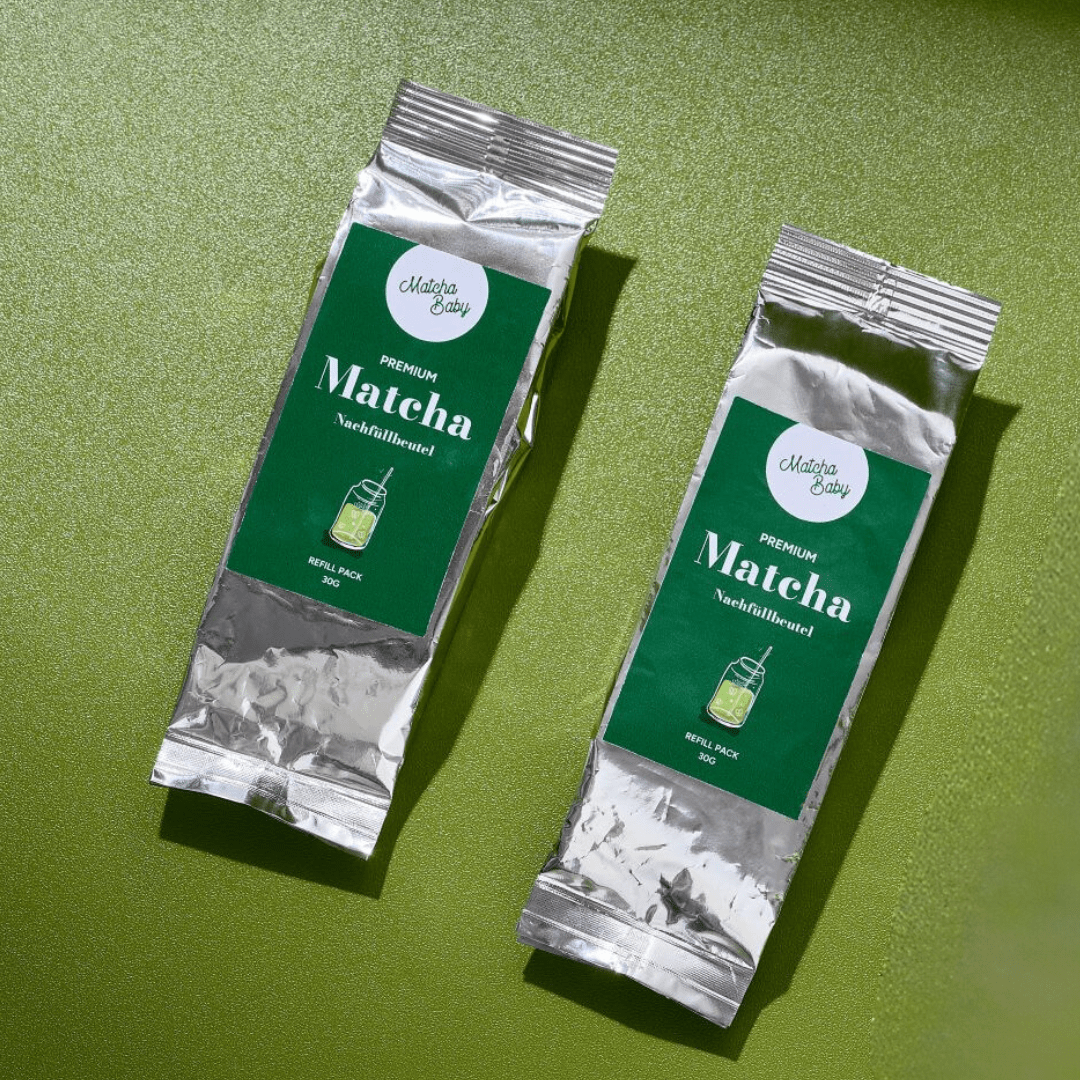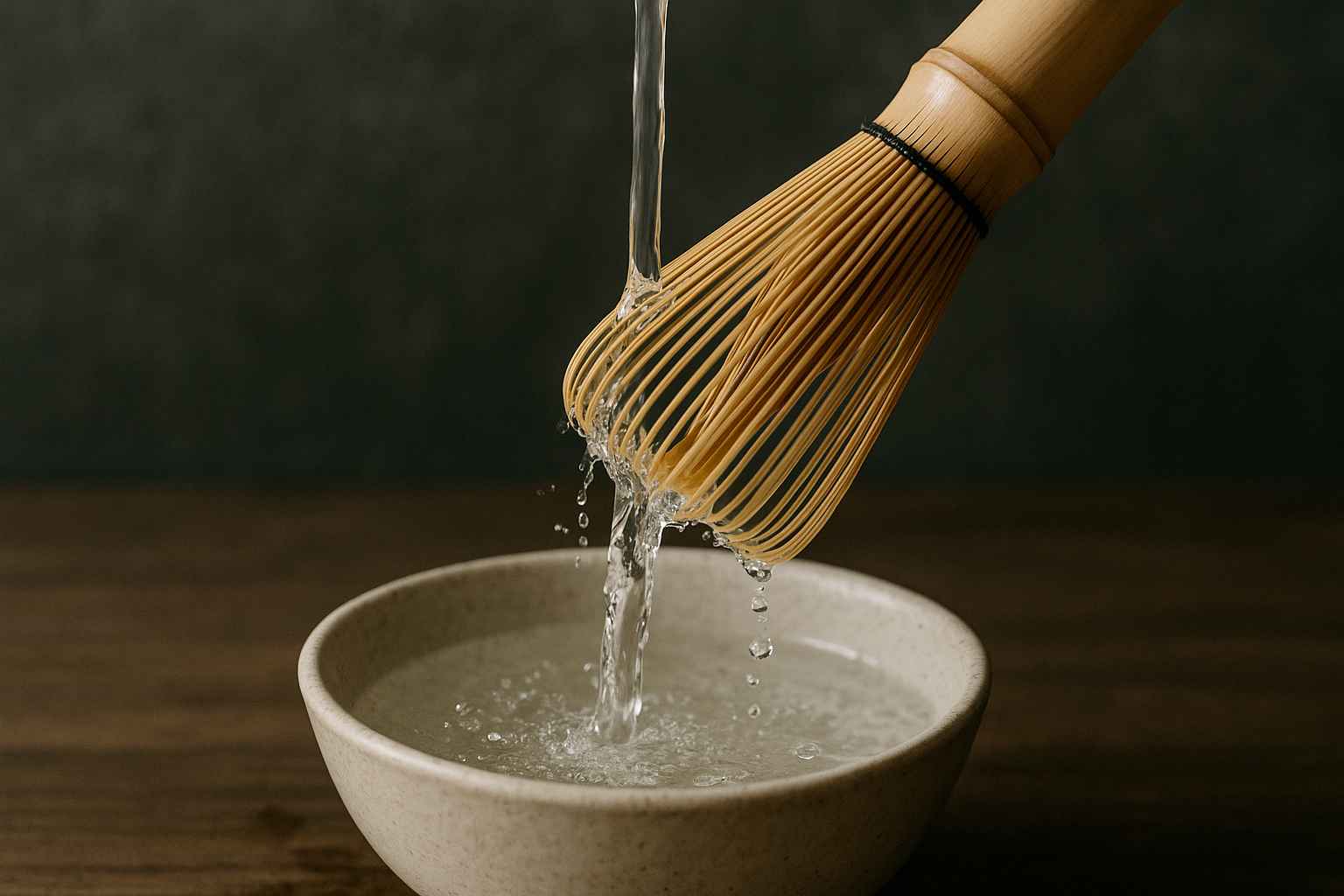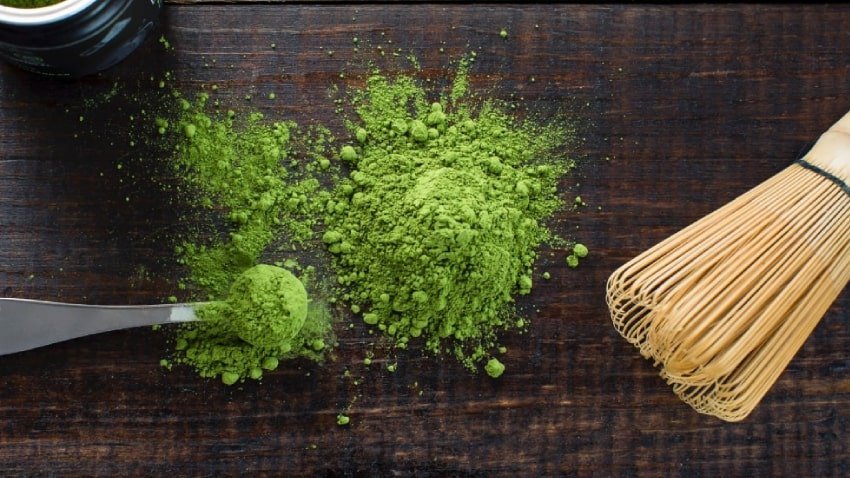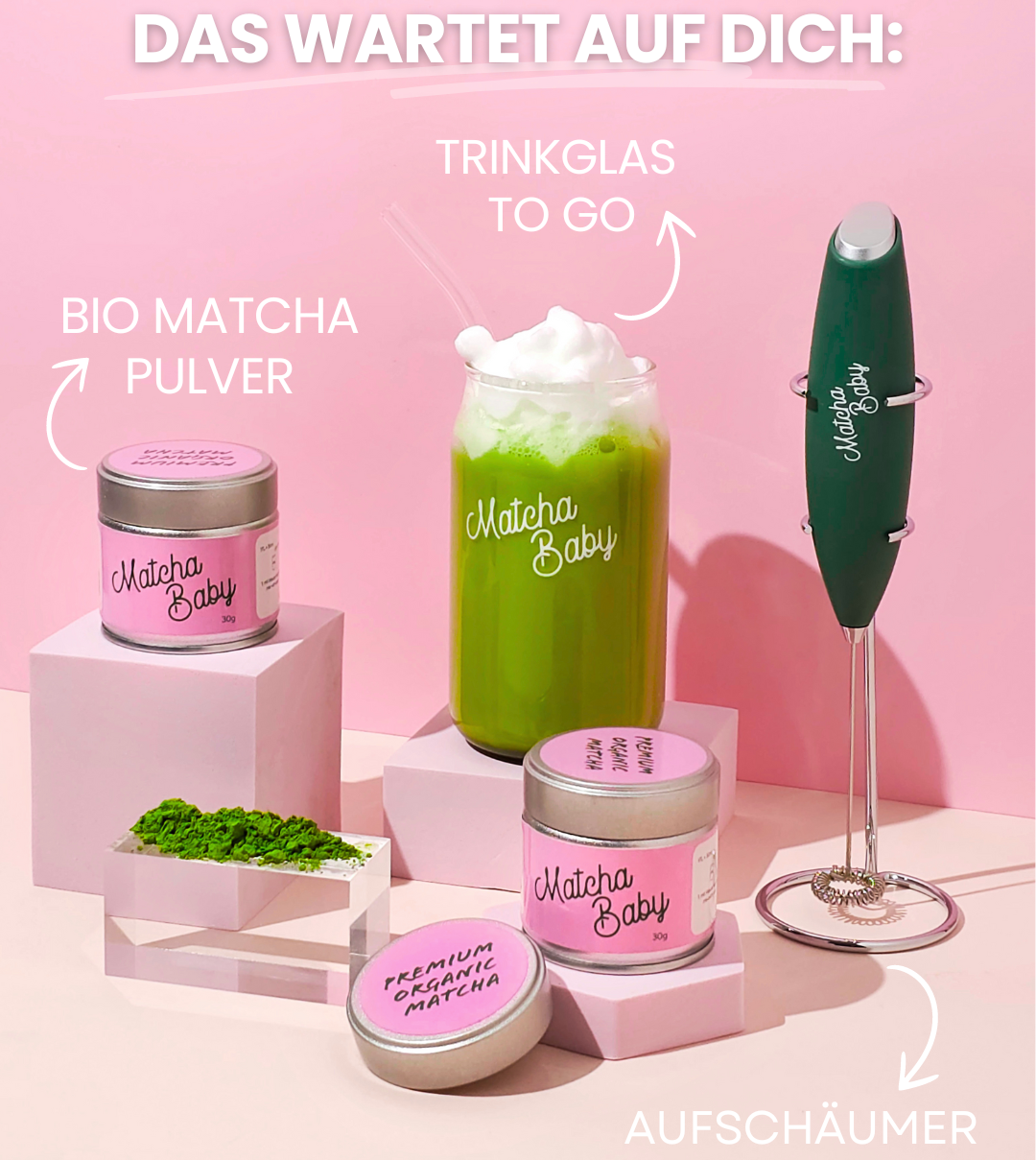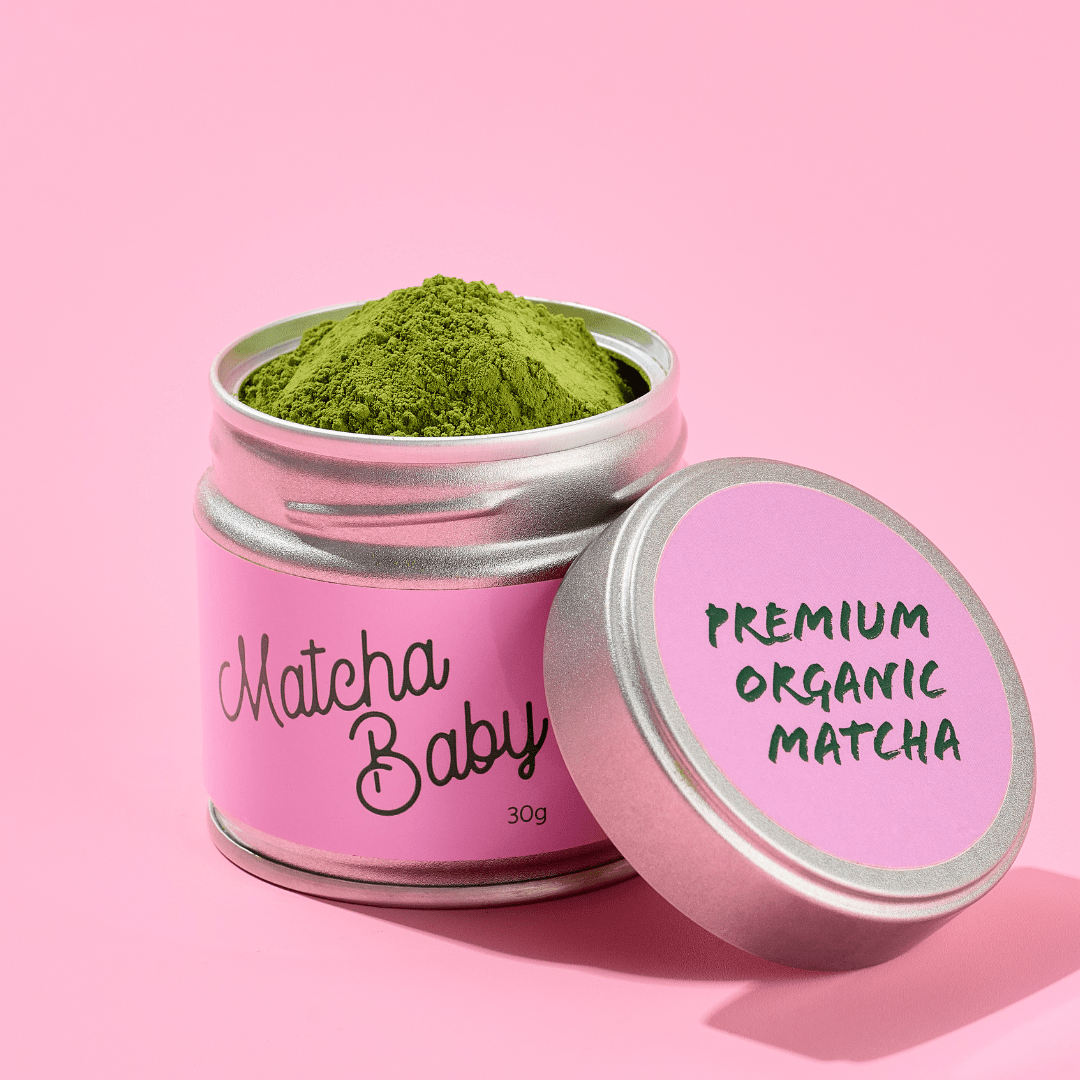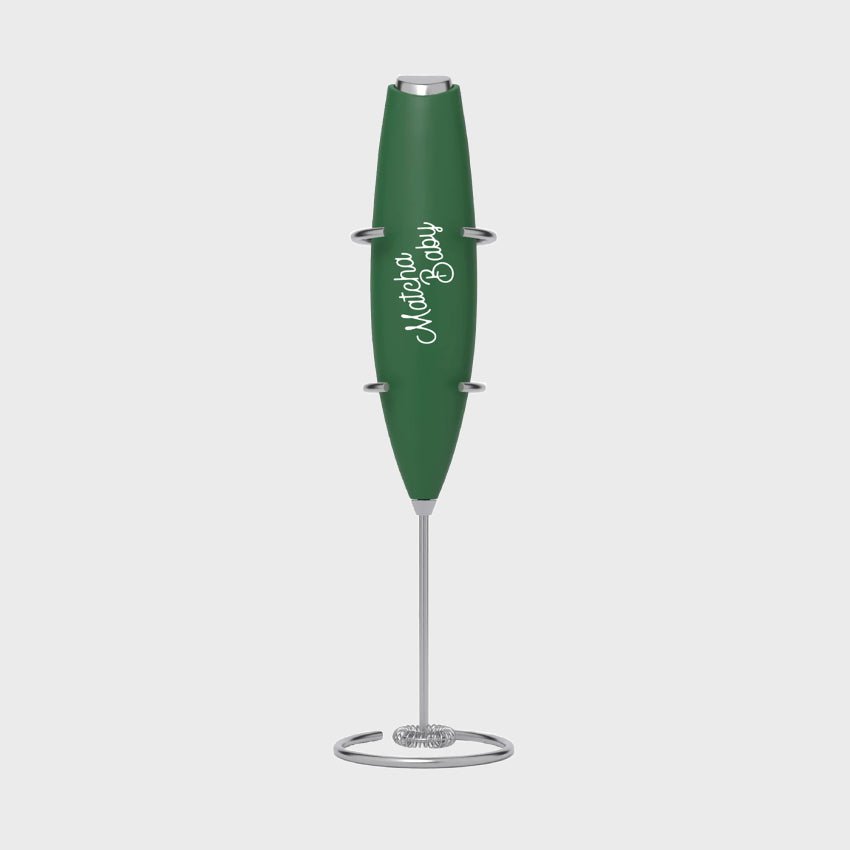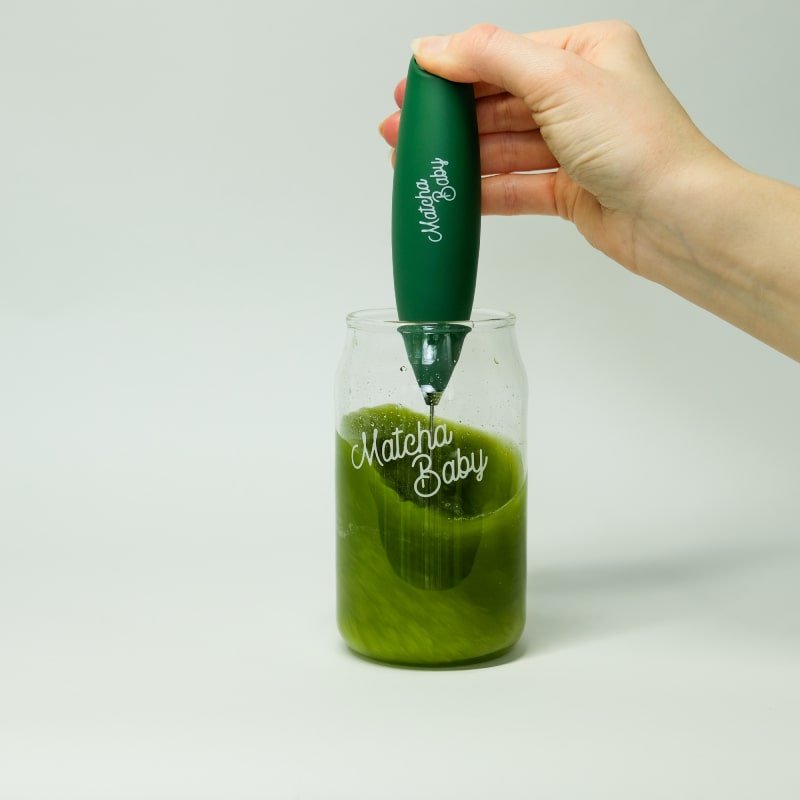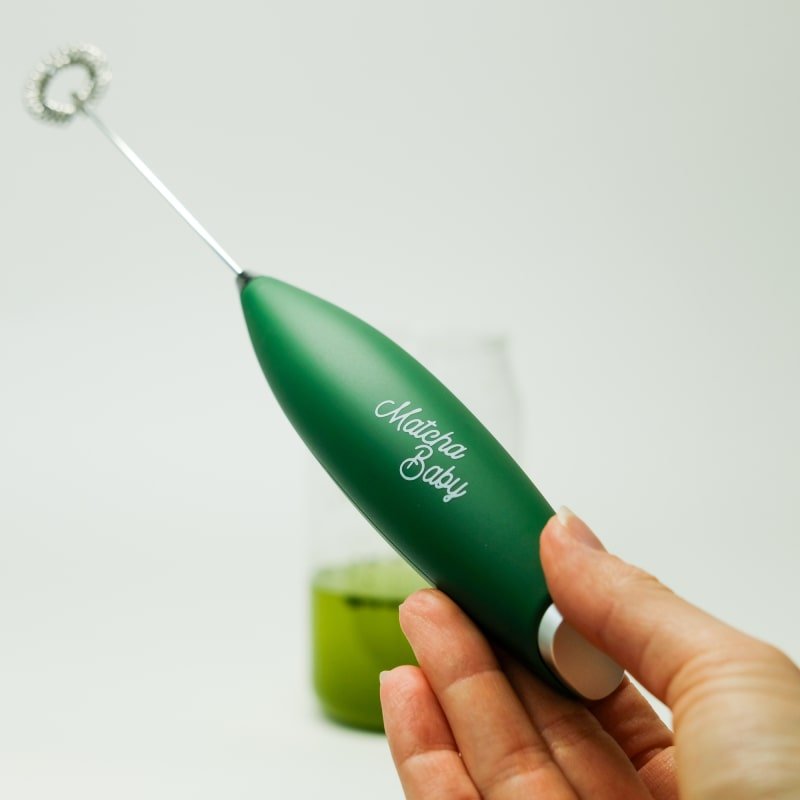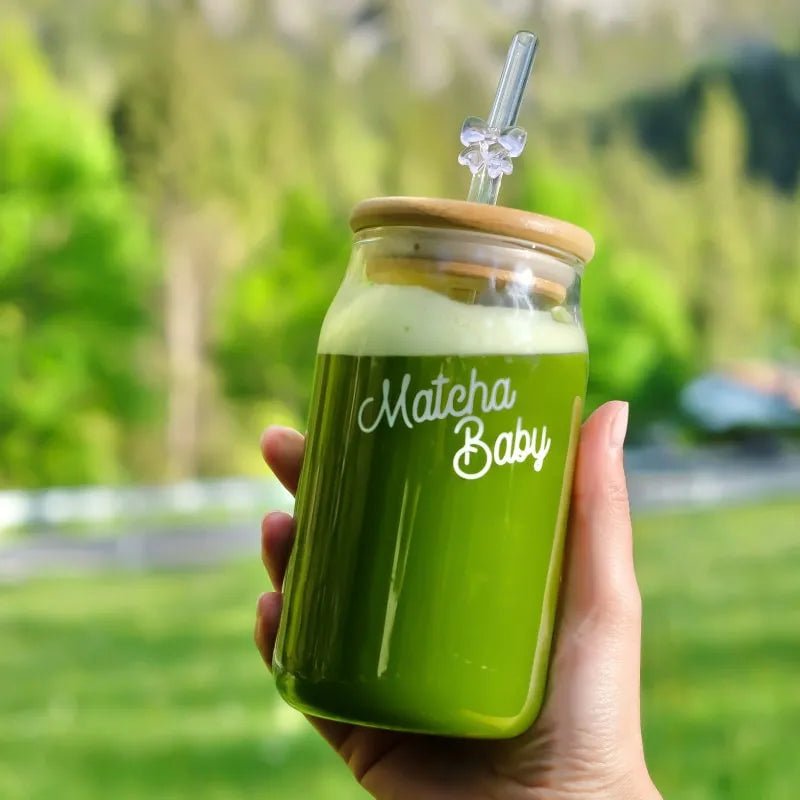Is Matcha Green Tea? – Differences
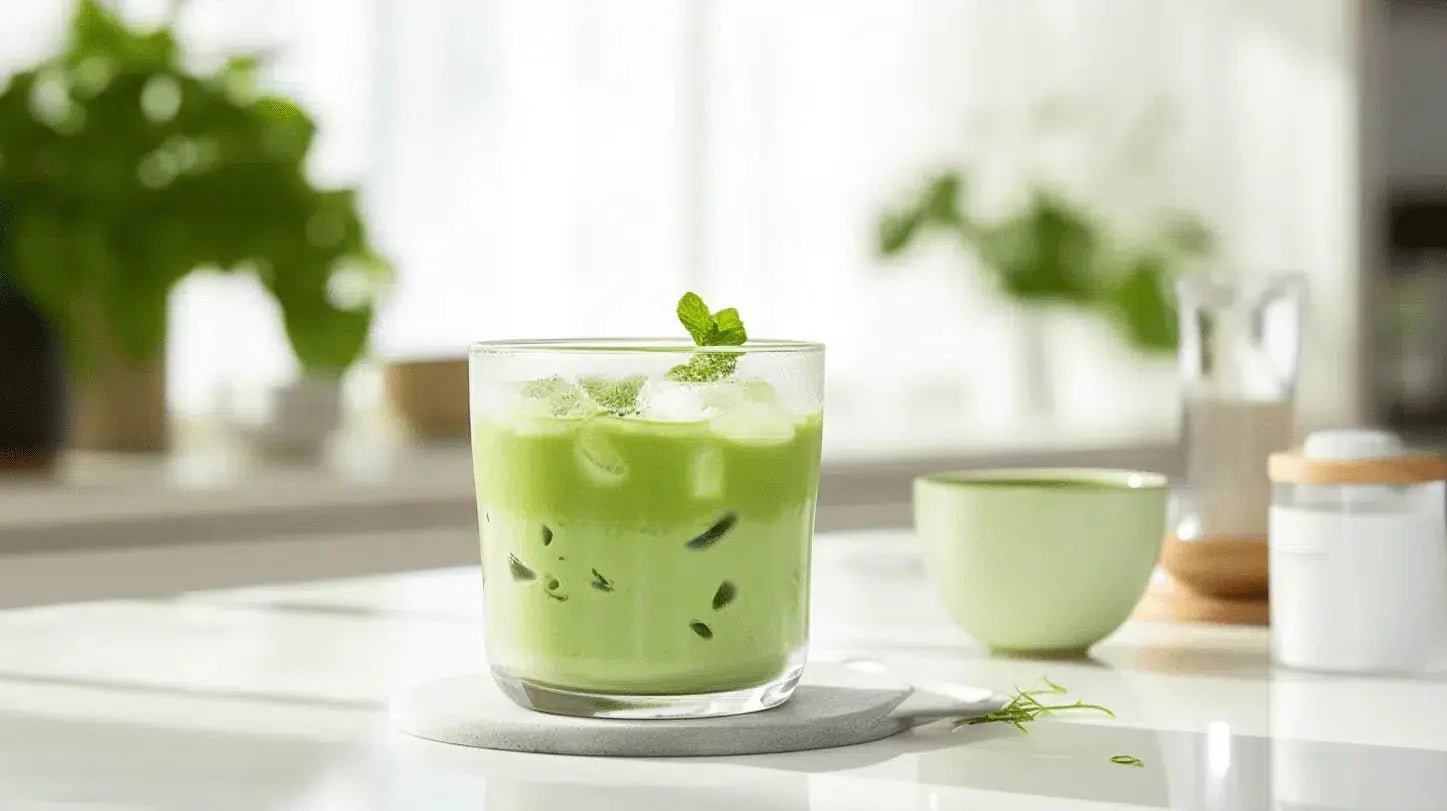
3 differences between green tea and matcha
While our absolute favorite tea is sometimes referred to as green tea, it's not quite a green tea. Even though we often use "green tea" as a synonym for matcha, we'd like to explain the differences between the two types of tea in more detail and explain why matcha isn't pure green tea, but rather matcha. So, if you're wondering, "Is matcha green tea?", we have all the answers for you right here!
Let’s first look at the definitions and a rough classification:
Matcha: Matcha tea is made from the ground leaves of green tea plants. Although matcha is made from the same plant as green tea, matcha is ground into a fine powder.
Green tea: Green tea also comes from traditionally cultivated tea plants. Unlike matcha, however, green tea is not ground, but sold in whole leaves or pieces.
1. The taste
The first way matcha and green tea differ is in taste. Even though both teas are made from the same plant, they still have distinct flavors. Both teas have a slightly grassy taste, but green tea can have distinct flavor notes. Depending on the growing region and processing, green tea can acquire certain flavor notes that aren't present in matcha. Matcha tea generally has a fresh taste of grass or hay. This flavor is significantly more intense and thus overpowers lighter flavors.
2. The production
The production method of the two tea varieties also differs considerably. When it comes to production, it's also important to consider where the tea comes from. If the tea varieties come from China, you can expect the tea leaves to be roasted to dry them. In Japan, the tea leaves are steamed.
Matcha tea also comes almost exclusively from Japan. The tea is cultivated as follows: After the plants have grown and shortly before the tea leaves are harvested – about a month beforehand – they are shaded and continue to grow with only 5 to 10% of the sunlight – this is where the beautiful green color of the fine powder comes from. After this time, only the smallest and finest leaves are harvested by hand and then ground into the finest powder. It's different with the plants used for green tea. The plants grow in the sun the entire time and, after harvesting, are steamed or roasted and then rolled.
3. Preparation
In addition to the production and taste, the correct preparation of matcha and green tea also differs. For matcha tea, you mix approximately 1 or 2 grams of matcha tea powder with hot, but not boiling, water. This way, the person absorbs all the nutrients from the plant, as the "whole leaf" is essentially consumed. It's different when preparing green tea: Here, the tea leaves are poured over hot water , and after a steeping time of approximately 2 minutes, the leaves are removed. This allows for optimal enjoyment of the tea.
3 Benefits of Matcha Tea
If you want to incorporate good matcha into your diet or everyday life, then you should definitely do so! We are absolutely convinced of matcha and can't get enough of it ourselves. However, if you're still wondering what benefits matcha can actually provide, we've summarized the three top benefits for you in the following sections.
1. Matcha contains valuable ingredients
Matcha tea is a true superfood that offers numerous health benefits. High in catechins, L-theanine, vitamins, minerals, and chlorophyll, matcha tea is a must-have for any healthy diet. Its many antioxidants (catechins) combat free radicals in the body that can lead to cell damage and chronic diseases. L-theanine is a valuable amino acid that reduces stress and improves brain function. In addition to the numerous vitamins and minerals, the chlorophyll contained in matcha helps detoxify the body and support the immune system.
2. Gentle caffeine kick
Because matcha also contains caffeine, you get a caffeine kick when you drink it. However, unlike coffee, the kick isn't as strong, but rather gentle. Thanks to the theanine in coffee, the caffeine doesn't have as strong an impact on the body, but rather a gentler one. However, the effect lasts longer than with coffee. One cup of matcha tea contains approximately 70 milligrams of caffeine, while coffee contains approximately 100 milligrams of caffeine per cup.
3. Reduces the risk of heart disease
Another benefit of traditional matcha tea is that it protects our cardiovascular system. The high concentration of antioxidants has an anti-inflammatory effect, and the green powder also lowers bad LDL cholesterol levels. All in all, a real boost for our body and our immune system.
Conclusion
Matcha powder and green tea differ not only in their cultivation, but also in their production and preparation. Although we sometimes use the two terms synonymously, we only sell organic Japanese matcha in our online shop. Have we convinced you to try matcha? Would you like to try matcha yourself? For a more detailed description of matcha's ingredients, check out our separate blog post. If you want to try matcha recipes, browse our blog and find a variety of recipes: Matcha Latte , Matcha Cookies , Mango Matcha Smoothie , Iced Matcha , or Matcha Brownies .


